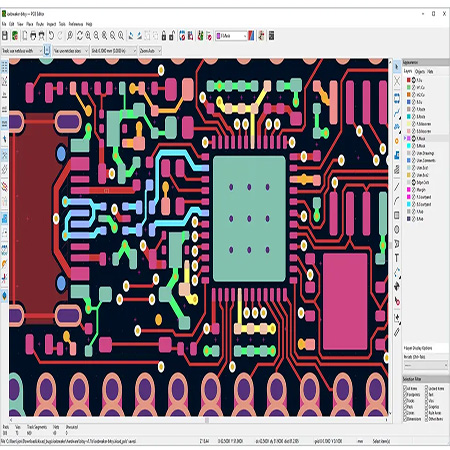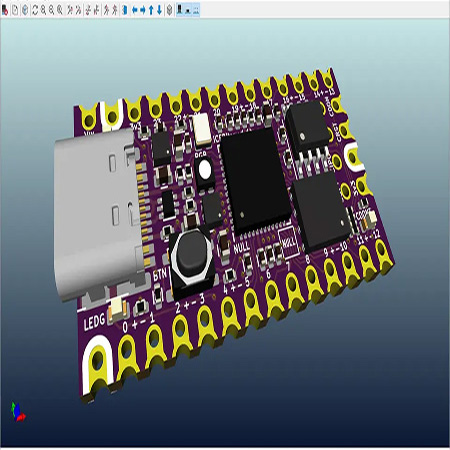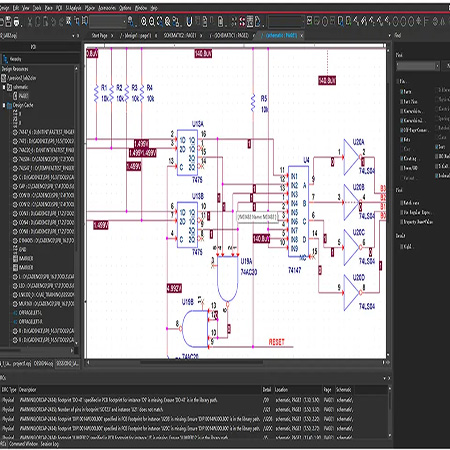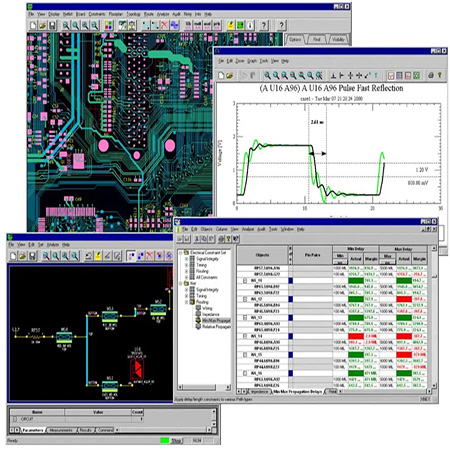Multi-layer PCB
Name: Multi-layer PCB

Composition:
It consists of more than three layers of circuit layers and more than two layers of copper foil layers, as well as special boards with various inner layer circuit designs.
Features:
✿The wiring can be distributed in multiple layers, and more sophisticated products can be designed.
Products with relatively small volume can be realized by using multi-layer boards. Multi-layer boards can increase the flexibility of design, and can better control differential impedance and single-ended impedance.
✿Better output of signal frequency, etc.
Process: drilling, chemical copper, coating photoresist, coating photoresist, etching.
Comparison: PCB multilayer board and PCB
PCB single-sided boards have high requirements for wiring, and each line must have a separate path and cannot cross; for PCB boards with many wirings, the stability is not enough, and the performance is also lacking. The PCB multilayer board uses more single and double boards alternately through insulating materials and positioning systems to interconnect the lines to form a multilayer circuit board, so the multilayer board is better than single and double boards in terms of performance, stability, and noise. have more advantages.
Applications: home appliances, computer peripherals, communications, optoelectronic equipment, instruments, toys, aerospace, military, medical products, LED lighting and other industries.





Composition:
It consists of more than three layers of circuit layers and more than two layers of copper foil layers, as well as special boards with various inner layer circuit designs.
Features:
✿The wiring can be distributed in multiple layers, and more sophisticated products can be designed.
Products with relatively small volume can be realized by using multi-layer boards. Multi-layer boards can increase the flexibility of design, and can better control differential impedance and single-ended impedance.
✿Better output of signal frequency, etc.
Process: drilling, chemical copper, coating photoresist, coating photoresist, etching.
Comparison: PCB multilayer board and PCB
PCB single-sided boards have high requirements for wiring, and each line must have a separate path and cannot cross; for PCB boards with many wirings, the stability is not enough, and the performance is also lacking. The PCB multilayer board uses more single and double boards alternately through insulating materials and positioning systems to interconnect the lines to form a multilayer circuit board, so the multilayer board is better than single and double boards in terms of performance, stability, and noise. have more advantages.
Applications: home appliances, computer peripherals, communications, optoelectronic equipment, instruments, toys, aerospace, military, medical products, LED lighting and other industries.




Total: 1
Page: 1 / 1
First
←Previous
Next→
End
 Ultra PCB
Ultra PCB